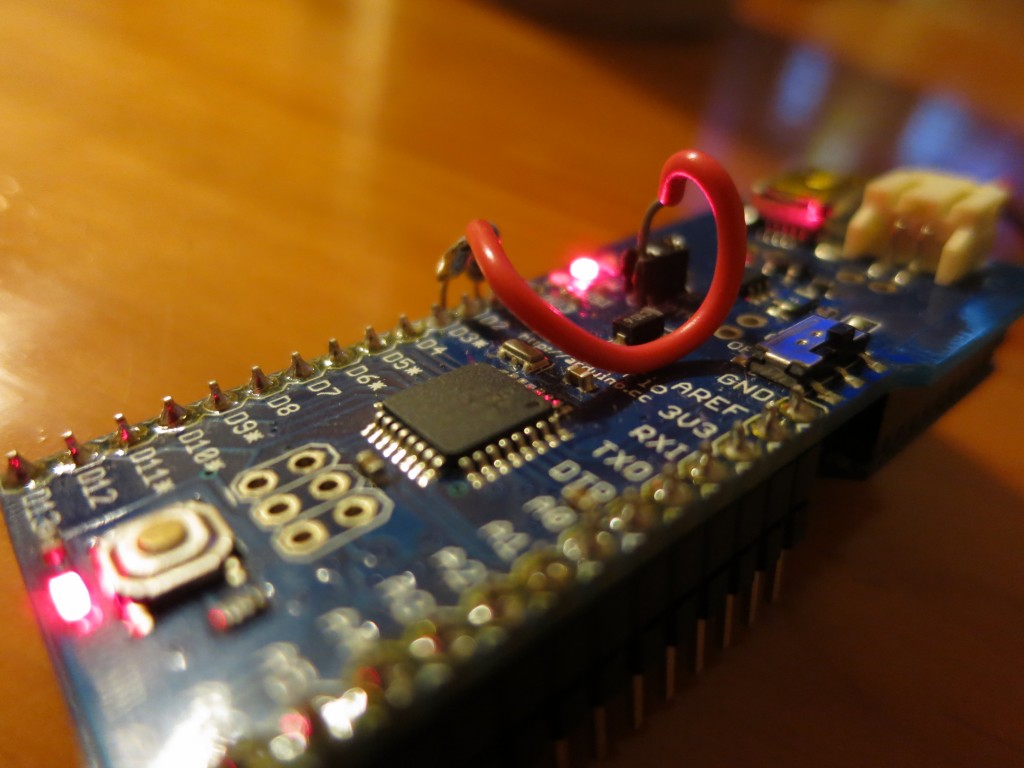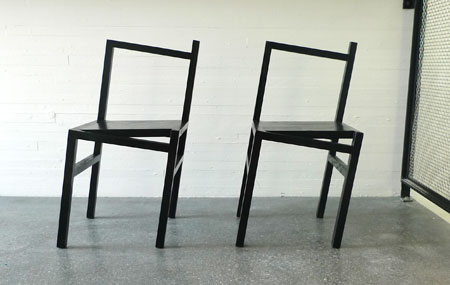Let’s extend the low power Ardunio Fio + Xbee setup that I previously blogged about. I wanted to see if I could create a simple wireless temperature sensor that could allow for long(er) term logging. Interestingly, the ATmega328P on the Arduino Fio has both a “secret” internal thermometer and internal voltmeter, meaning that I could (potentially) create a wireless sensor with no external additional external components (other than the Fio, XBee, and battery).
So, taking advantage of the available hardware and the code available, I went about creating a wireless temperature logger using an Arduino Fio (available from Amazon.com) and two XBees (one for the Fio and one for the coordinator).










